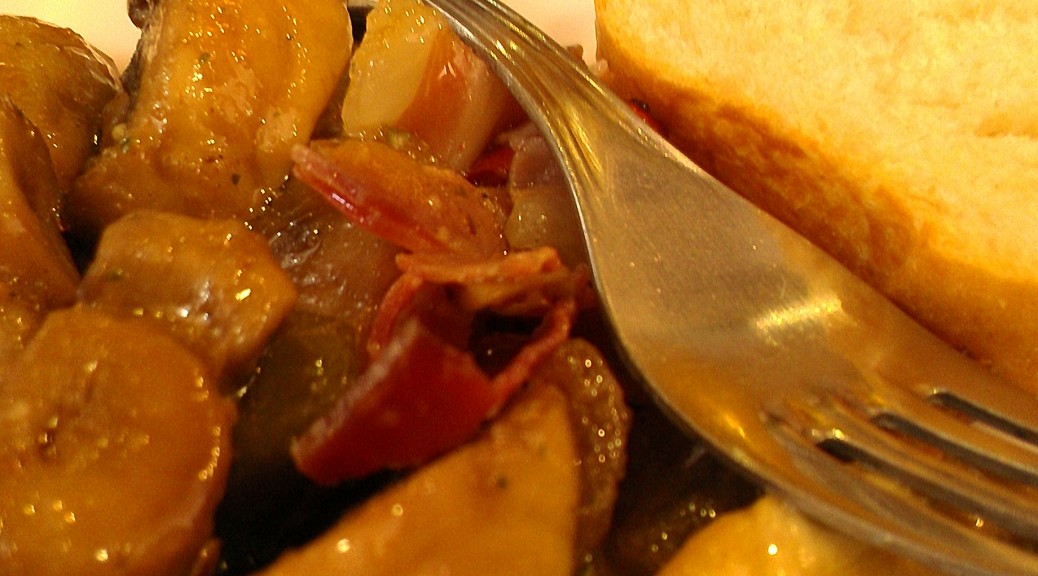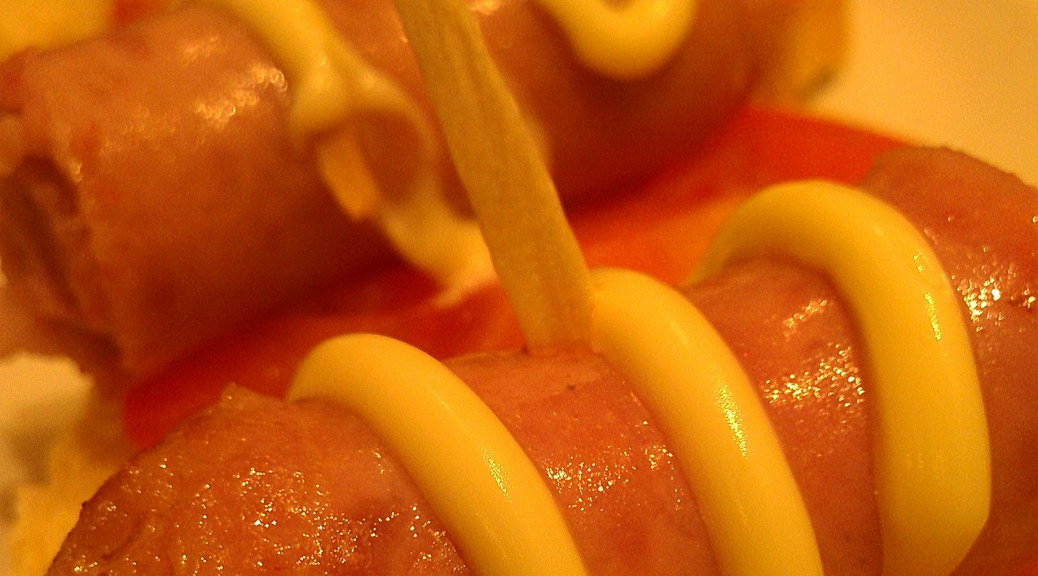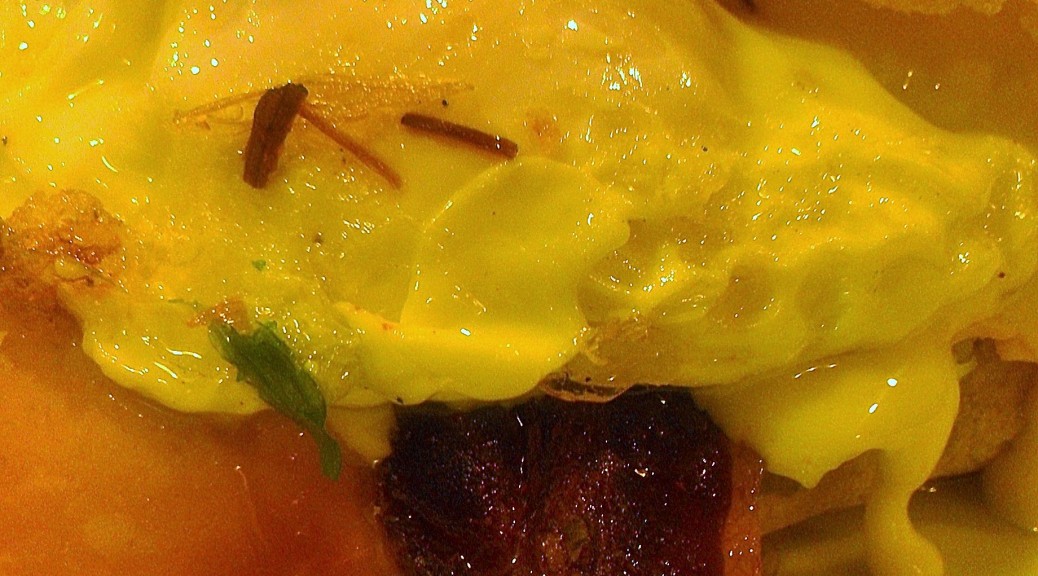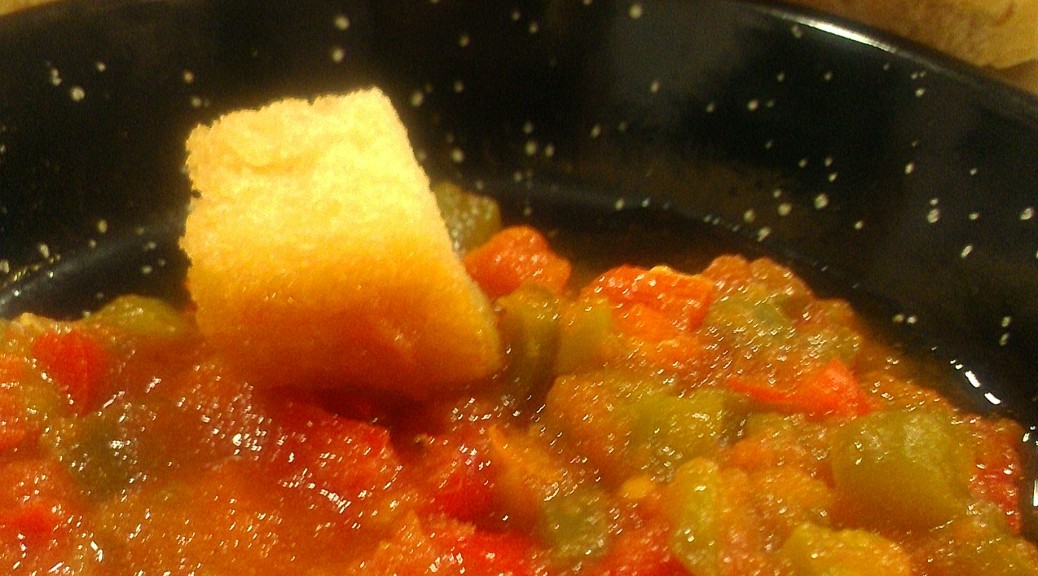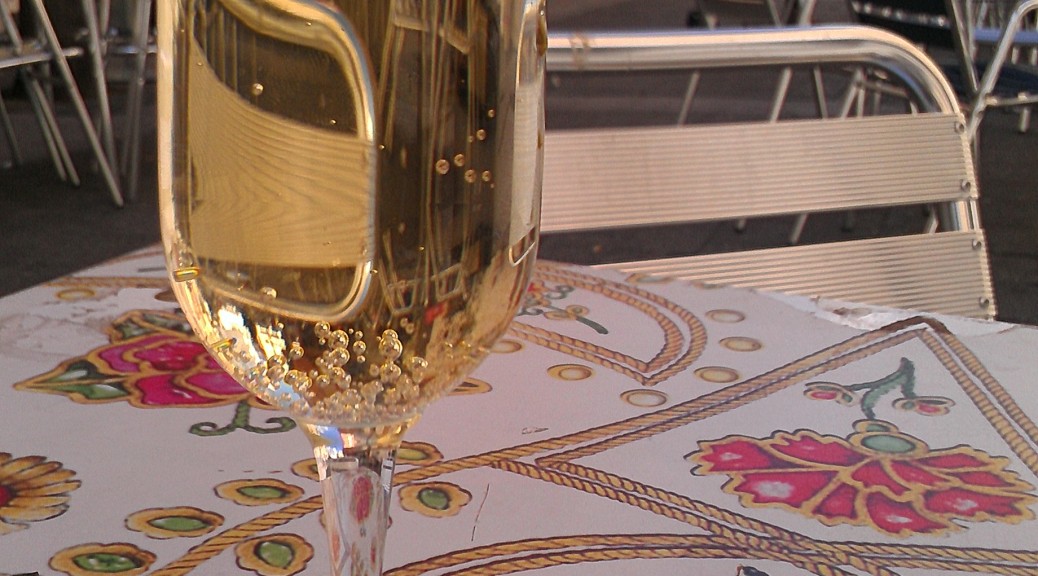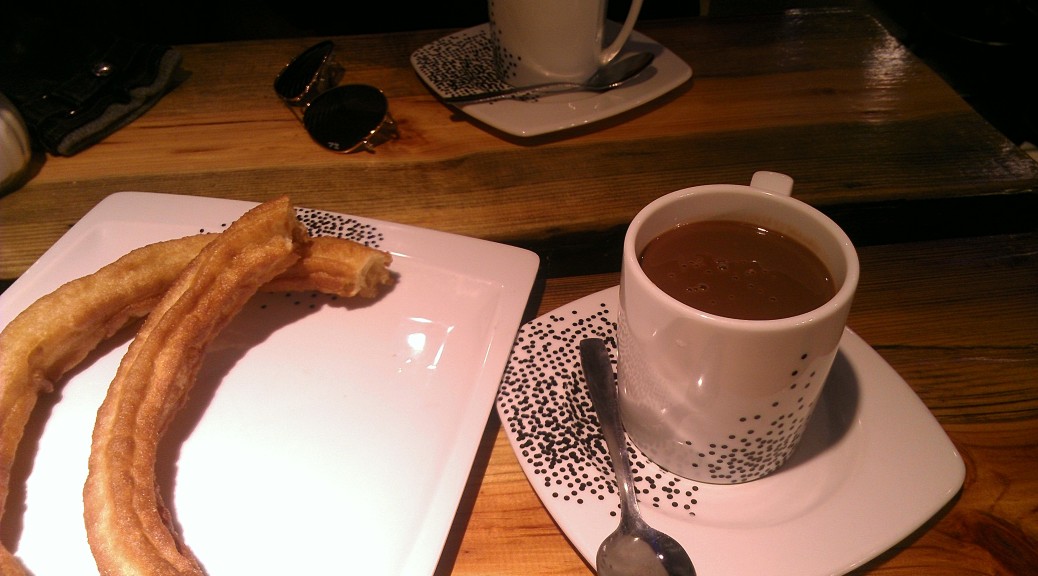The tortilla española has to be Spain’s most iconic dish. It’s ubiquitous. There’s hardly any tapas bar or restaurant worth its salt in the whole of Iberia that doesn’t have it on the menu. It’s as Spanish as the hamburger is American. It is consumed for breakfast, lunch, dinner, snack, as a main, a side, a sacrament at the lowliest and holiest of occasions.
At first, I didn’t understand it. I’d imagined Spain as some exalted culinary capital. After tasting the famed tortilla, I thought to myself,
Really? This is your trademark dish, España? Eggs, taters, and onions? And salt… is there even salt? I can’t tell.
But after months of eating tortillas in a variety of settings, I eventually grew to love the dish. Even if you never learn to do so yourself, it’s only a matter of time before you become intimately familiar with the sight, the smell, and the taste of it.
Over the past couple of years, I have seen and eaten Spanish tortillas at the beach, at backyard barbecues, birthday parties, school functions, botellon pre-games, and white-tablecloth restaurants. I even remember the tortilla getting a prominent mention on an episode of the popular Spanish sitcom, La Que Sea Vecina. In it, a spiteful Spanish mom was shooting down a girl who wanted to hook up with her son. After a string of put-downs, Mom dealt the final death blow:
“She can’t even cook a proper tortilla!”
The studio audience erupted in laughter.
So, Dear Reader, if you ever hope to impress your Spanish friends, or win that dashing Spanish beau, or simply avoid being laughed at by a make-believe studio audience, you’ll have to learn to whip out a proper Spanish tortilla. Here’s how.
6 Secrets for A Perfect Spanish Tortilla
1. Rough-cut the potatoes
I learned this secret in the home of my friend and fellow English teacher, Juana. Instead of slicing or chopping the potato into neat, evenly shaped cuts, she used her knife on the potato in a sort of cut-and-turn motion that released rough-edged, irregularly-shaped (though still similarly-sized) chunks of potato. The extra surface area and the cutting method allows the tater release a little more starch, which ultimately makes for a better mouthfeel and texture in the final product. Of course, you can slice them more uniformly as well, and still yield a favorable result.
2. Use a dedicated pan
If there’s any one secret that is essential to having your tortilla come out perfect every time, it’s this one. Keep one pan in your cabinet sacred, reserved only for tortillas and other egg cookery (and maybe pancakes and crepes). This pan does not have to be fancy or expensive, but it should be non-stick and it should never, ever be touched by utensils that can scratch or scrape its surface – so, no metal forks or spoons, only wooden, rubber or silicon spatulas and the like. Keeping your tortilla pan unmarred will ensure that your tortillas consistently slide out of the pan with ease and don’t stick to the sides and fall apart when you try to flip or serve them.
3. Let it rest
After cooking the potatoes and onion, draining off the oil and adding them to the beaten eggs, give the egg mixture a couple of quick stirs, and then… walk away. This is the perfect time to ready your non-stick skillet, get your plate out of the cupboard for flipping, and arrange the rest of your tortilla add-ins and seasonings. Letting the mixture rest allows the flavors to meld a bit, and helps the tortilla set properly when it’s cooked.
4. Make it your own
There’s something to be said for simplicity. Sticking to the basic tortilla ingredients of potato and onion is perfectly fine, and honestly, recommended until you feel more comfortable with the cooking technique. But once you’ve mastered the process, it’s time to get creative. The first tortilla I had that strayed away from the tried-and-true ingredients was in Cadiz. An artisan shop in the central market there was serving tortillas with goat cheese and apricot marmalade. After tasting it, the rules of tortilla cookery changed forever for me. Since then, I’ve enjoyed adding in all kinds of ingredients to the basic tortilla, from spinach, to breakfast sausage to mushrooms. Basically, anything you might put in a quiche would also taste good in a tortilla.
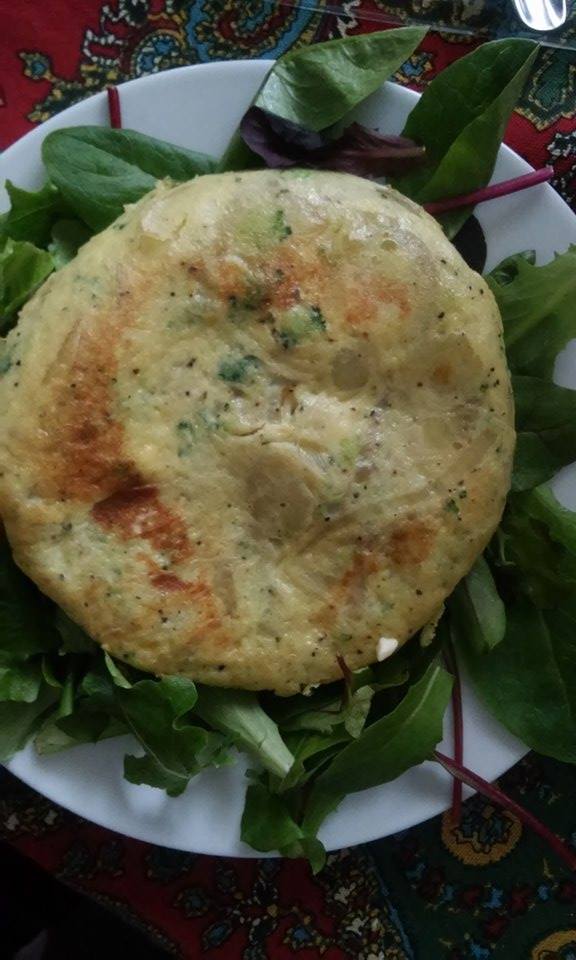
5. Don’t fear the flip
Flipping the tortilla is the most intimidating part of the tortilla cooking process. But it shouldn’t be. As long as you approach this step with confidence, you’ll be fine. Be sure to use a plate that’s slightly larger than your pan. Invert the plate onto the pan and move the covered pan over to the sink. Use your left hand to keep the plate tight against the pan while you flip the pan over with your right hand. Lift the pan away from the plate. You should now have a tortilla on a plate in your left hand and an empty pan in your right. There may be a little spillage – that’s ok. Don’t sweat it. That’s why we came to the sink. Just slide that sucker back in the pan, return it to the stovetop, then rinse and wipe down the plate to get it ready for serving.
6. Know your preference
Do you like your tortilla jugosa – or, as a Manchego friend of mine would say, ‘cuando los huevos lloran’ – or cuajada? I’ve found that most people – Spaniards or no – tend to prefer their tortilla jugosa – or with the eggs still a bit runny on the inside. I, however, belong to the cuajada camp. I want that sucker to stay firm when I cut into it. Nothing ruins my day more than digging into a tasty slice of tortilla and ending up with a plate of room temperature yellow goo in front of me. Blecch.
[See that there? That’s called a very strong preference. It’s what most people have when it comes to their tortilla.]
Get to know your own preference and how to alter your cooking time to achieve the desired result. Practice making tortillas often. Hopefully, in the process, you’ll also become familiar with exactly how long you should cook your tortilla española to achieve the desired results of your friends and kitchen guests. So when your would-be Spanish mother-in-law comes over, and you whip out her version of the perfect tortilla without breaking a sweat, she’ll know just how much of a tortilla master you are.
Have you perfected making Spanish tortillas in your kitchen? What secrets do you have to share?
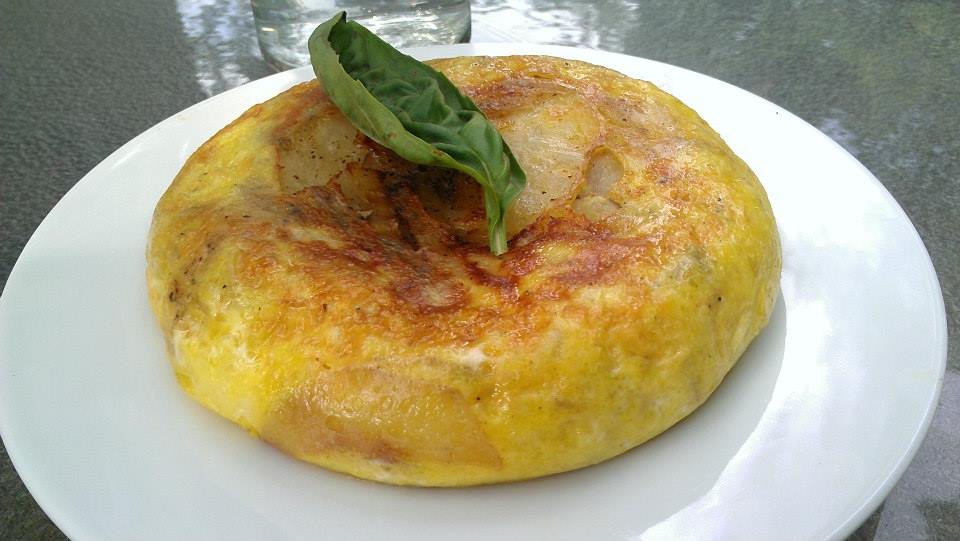
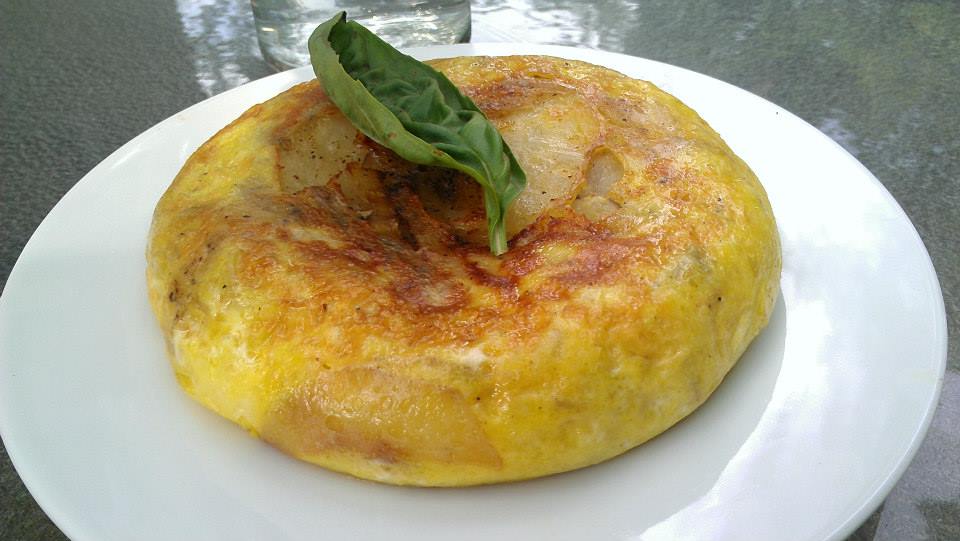
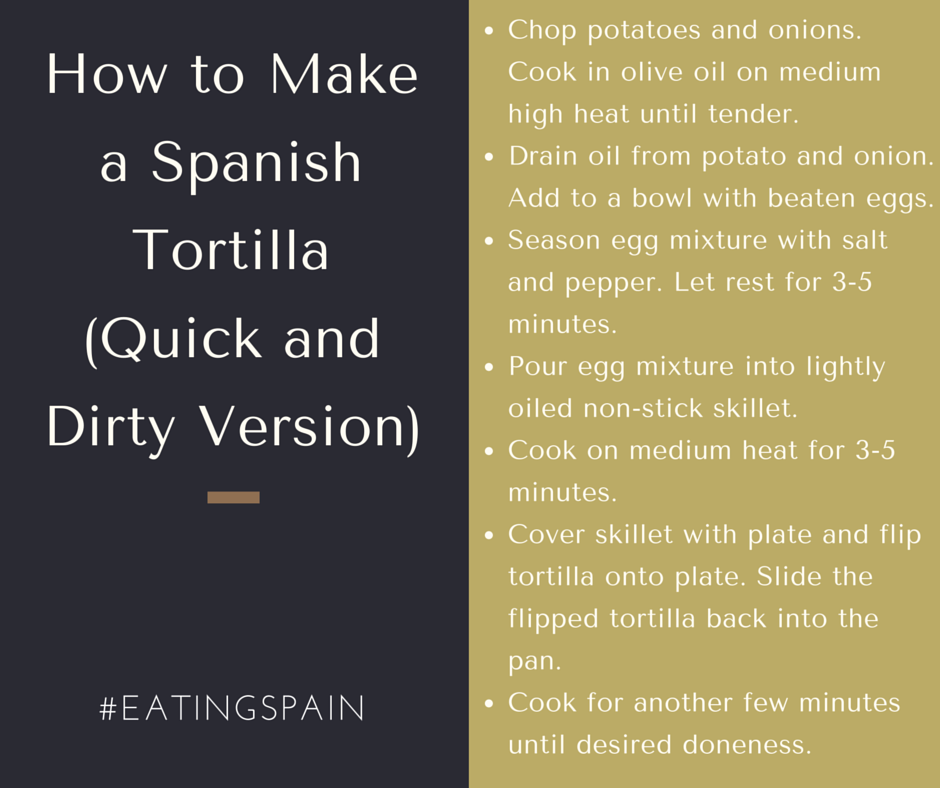

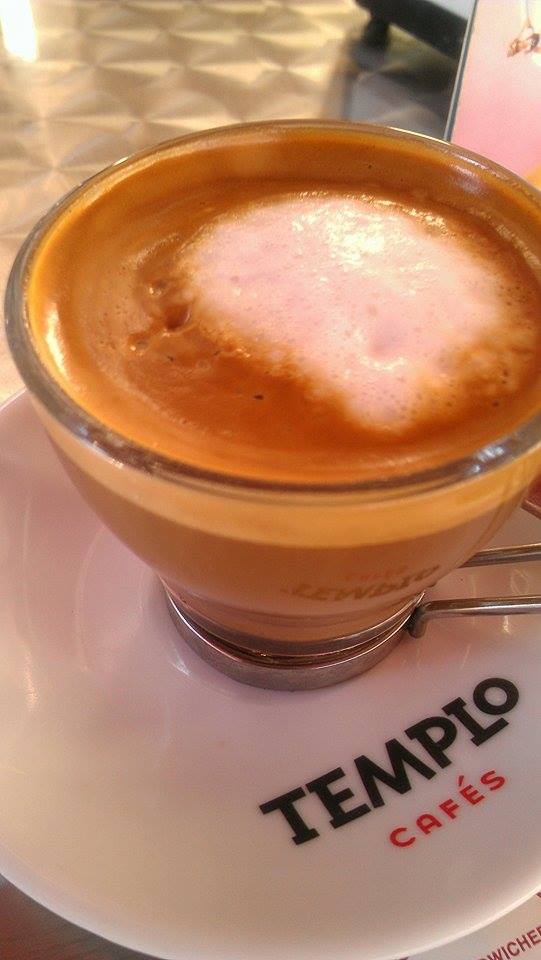


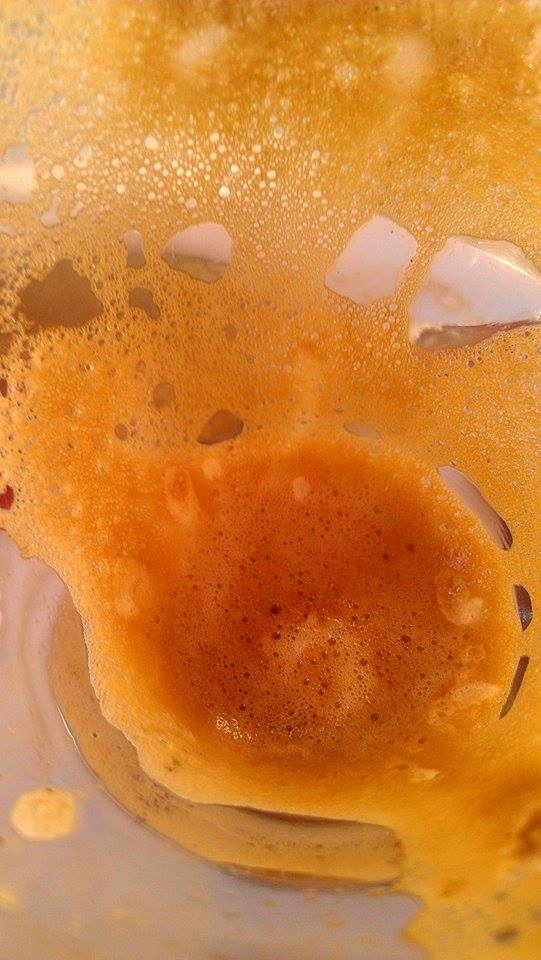


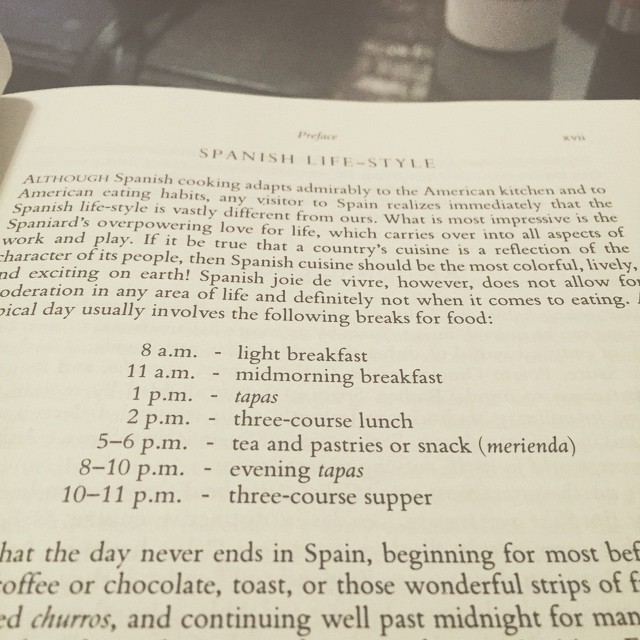
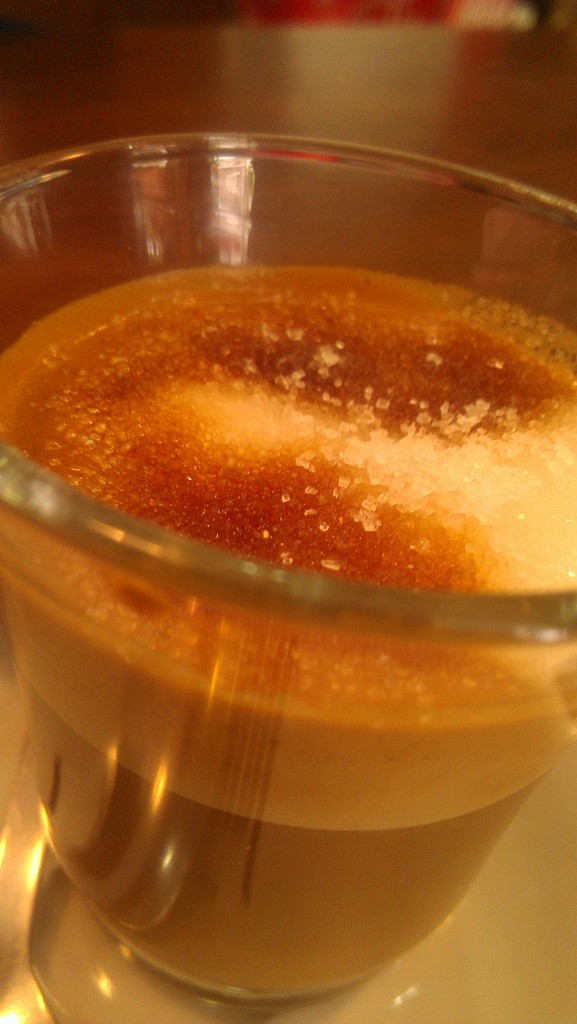

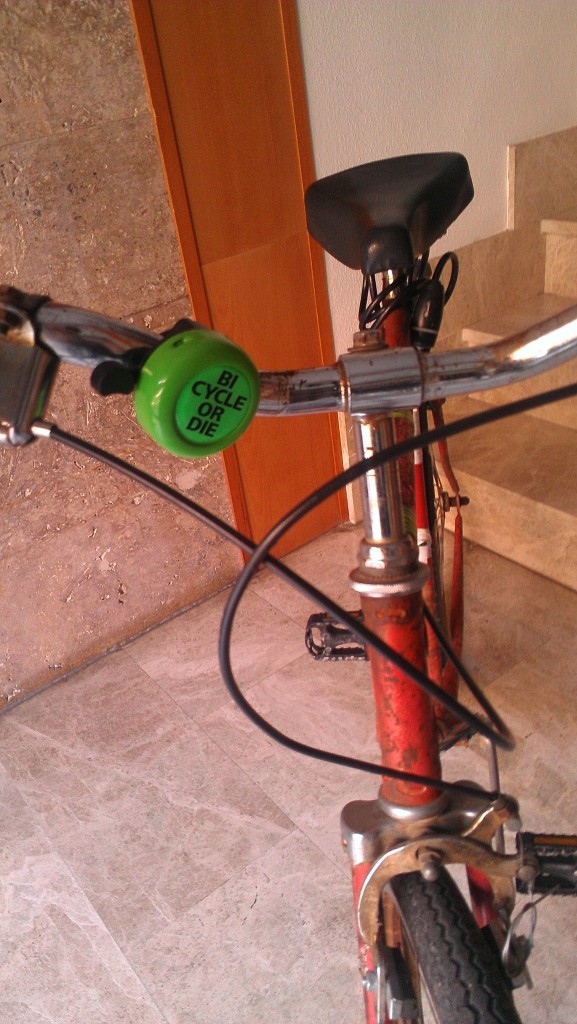
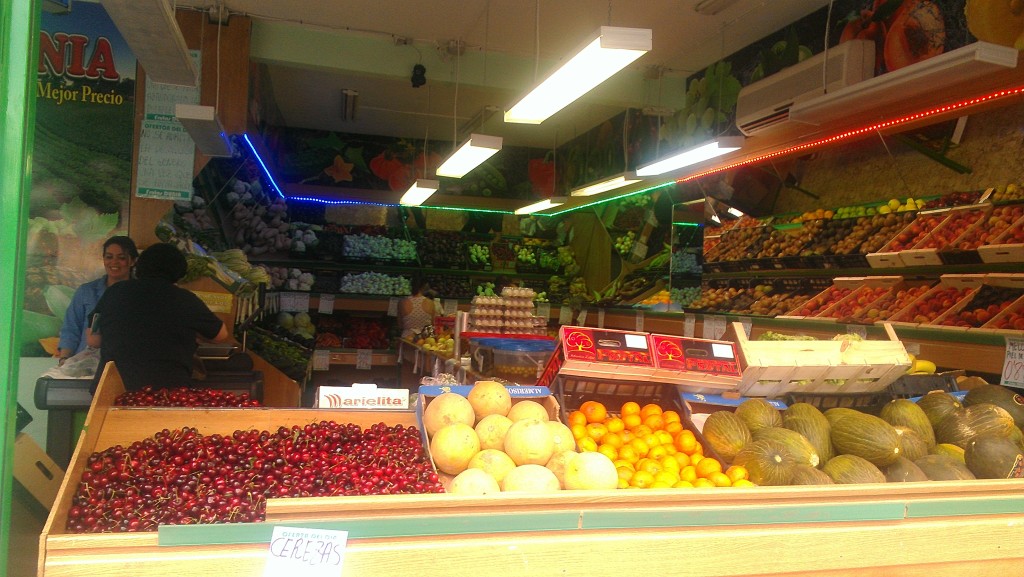
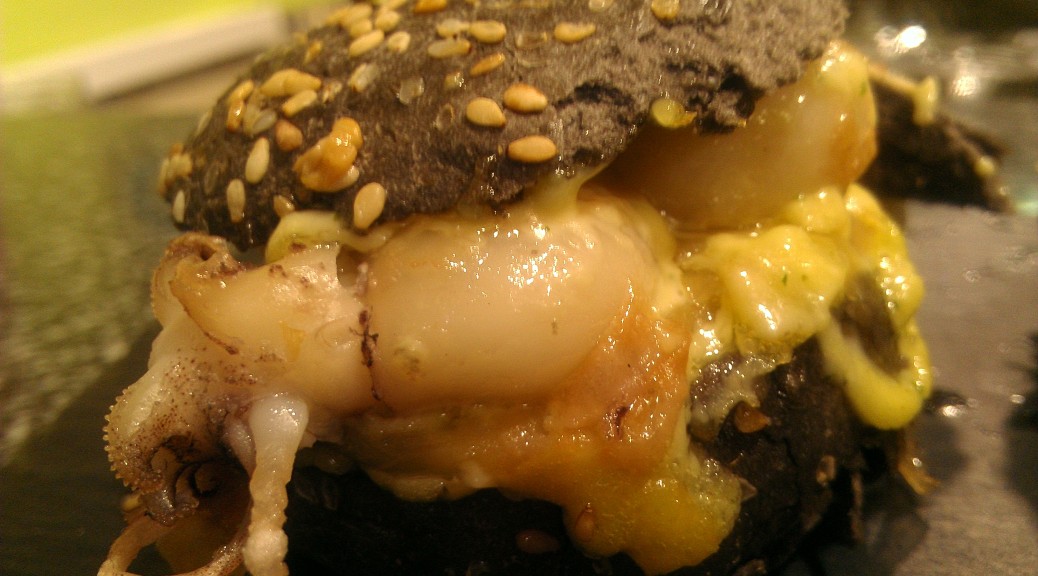
.jpg)
.jpg)
.jpg)
.jpg)
.jpg)
.jpg)

